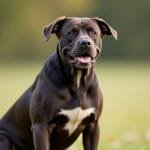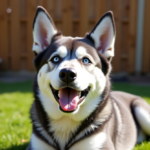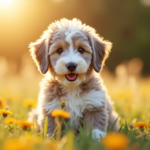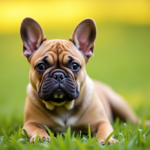The Labrabull is a unique dog that combines the best traits of two popular breeds: the Labrador Retriever and the American Pit Bull Terrier. This mix creates a friendly, loyal, and active dog that loves to be part of family life. Labrabulls are known for their energy, playfulness, and strong bond with their humans. They are medium-to-large dogs with short, easy-to-care-for coats that come in a variety of colors. With their outgoing nature, Labrabulls enjoy spending time outdoors and are happiest when they’re active and engaged with their family.
Caring for a Labrabull involves giving them regular exercise, proper nutrition, and lots of attention. They thrive with a family who can meet their needs and enjoy their high-energy personality. Labrabulls are generally healthy dogs, though they may be prone to some health issues like hip dysplasia and allergies. With proper care and love, they can make amazing companions who are both protective and affectionate. If you’re looking for a loyal, fun-loving dog, the Labrabull might be the perfect match for you.
Quick facts
Here are some quick facts about the Labrabull:
Breed Type: Hybrid (Labrador Retriever and American Pit Bull Terrier mix)
Size: Medium to large; typically 20-24 inches tall and 45-90 pounds
Lifespan: 10-14 years
Temperament: Loyal, protective, energetic, affectionate, intelligent
Exercise Needs: High; at least 1 hour of daily exercise
Coat Type: Short, dense coat that’s easy to groom
Colors: Black, brown, brindle, white, and mixed color patterns
Good with Children: Yes, especially with early socialization; supervision recommended for young kids due to strength and energy
Common Health Issues: Hip dysplasia, elbow dysplasia, obesity, allergies, hypothyroidism
Grooming Needs: Low; weekly brushing and occasional baths
Training Difficulty: Moderate; responds well to positive reinforcement
Ideal Living Situation: Active families with space for exercise; adaptable to houses with yards.
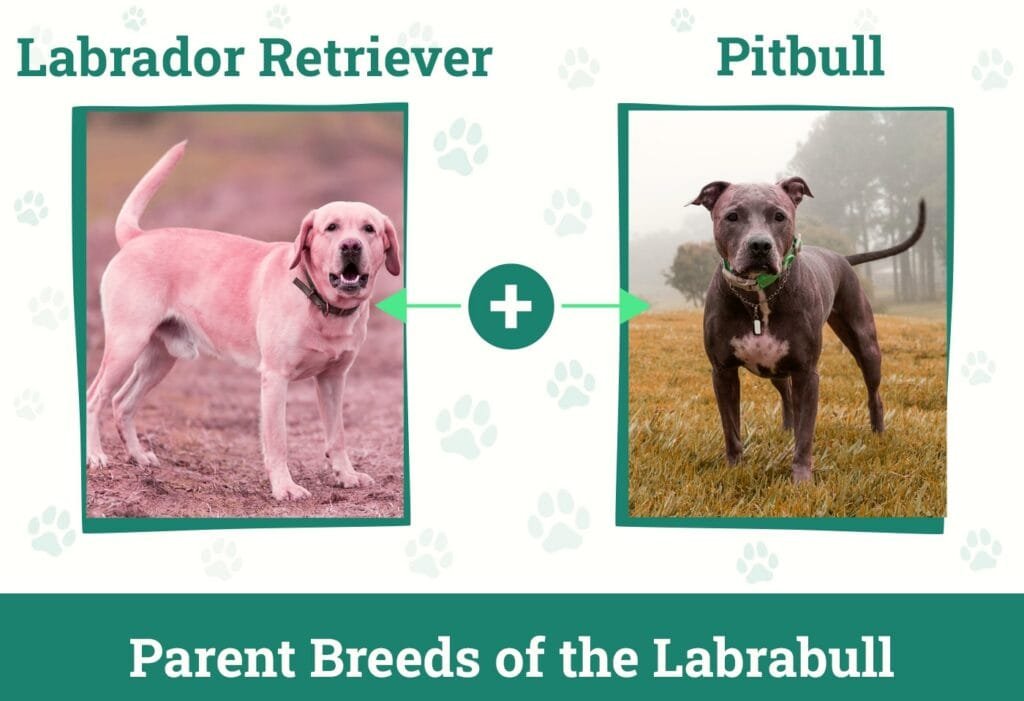
Labrabull Highlights
Labrabulls are known for their playful nature, loyalty, and strength. They love being around people and are happiest when they’re part of family activities. If you enjoy hiking, playing fetch, or long walks, a Labrabull will be eager to join in. These dogs are generally medium to large, and they have a strong build with a short coat that’s easy to care for. Labrabulls are also intelligent and protective, making them great companions and watchful pets.
The Labrabull’s personality combines the best of both parent breeds. They’re very social, friendly, and enjoy time with family. They can also be great with kids, especially if they’re trained and socialized early. Labrabulls are full of energy, so they need plenty of play and exercise to stay happy. With the right family, they can grow into a loyal and loving pet that you’ll adore for years to come.
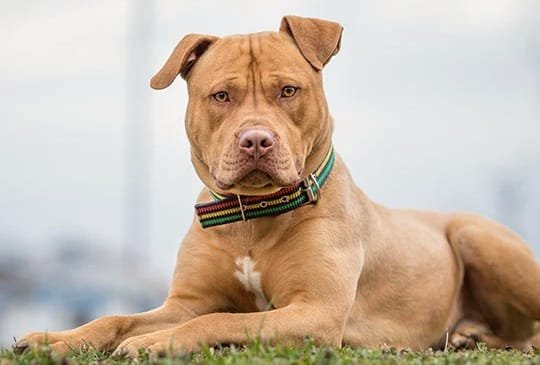
Labrabull History
The Labrabull is a hybrid dog breed created by mixing a Labrador Retriever with an American Pit Bull Terrier. Labrador Retrievers are known for their friendly and outgoing personalities, while Pit Bulls are strong, loyal, and protective. Combining these traits, breeders wanted a dog that would be friendly and social but also strong and loyal.
While Labrabulls don’t have a long history, their parent breeds have been around for many years. Labradors were first used as hunting and fishing dogs, while Pit Bulls were bred for strength and protection. Today, Labrabulls make great pets because of their loyal, energetic, and affectionate nature, making them wonderful family companions.
Labrabull Size
Labrabulls are medium to large dogs. Most Labrabulls grow to about 20 to 24 inches in height and weigh between 45 to 90 pounds. Their size depends on which parent breed they take after more. A Labrabull with more Labrador traits may be a bit taller, while one with more Pit Bull traits may be a bit stockier.
Their size makes them strong and athletic, perfect for active families. But remember, a Labrabull’s weight should be managed with a balanced diet and regular exercise. Since they’re so strong and energetic, they do best with families who have enough space for them to play and run.
Labrabull Personality
Labrabulls are known for their friendly and loving nature. They love being around people and enjoy family activities. They’re often described as loyal, playful, and full of energy. Labrabulls are social dogs, so they do well in homes where they get plenty of attention.
One of the best things about Labrabulls is their loyalty. They’re great family dogs and can be protective if they sense something unusual. With the right training and socialization, they’re usually good with children and other pets, too. Labrabulls are intelligent and respond well to training, especially with positive reinforcement. Just be sure to give them lots of playtime, as they have lots of energy.
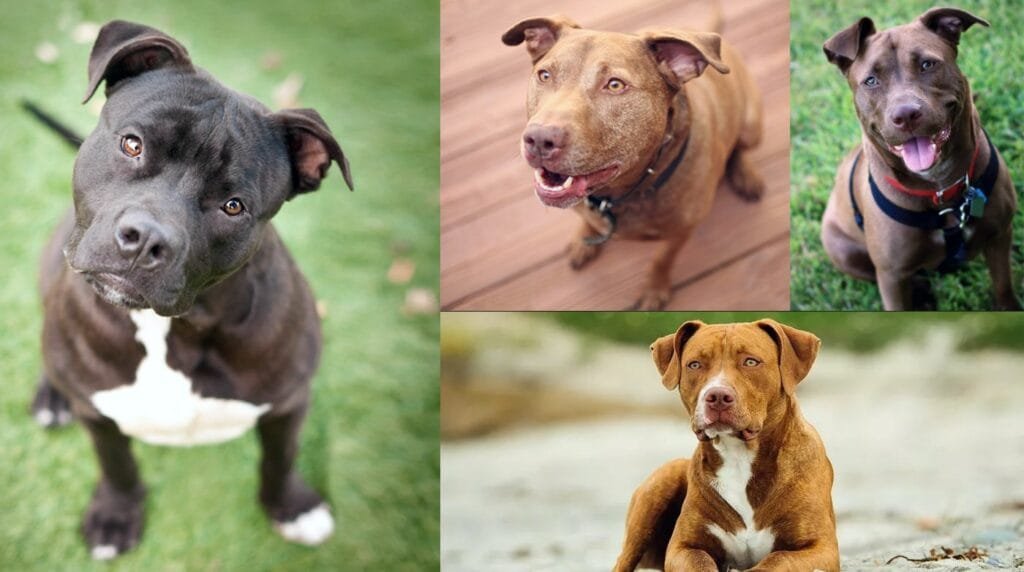
Labrabull Health
Labrabulls are generally healthy dogs, but like all breeds, they can be prone to some health issues. Common health concerns for Labrabulls include hip dysplasia, allergies, and obesity. Since Labrabulls are a mix of two breeds, they can inherit health issues from either the Labrador or Pit Bull side.
To keep a Labrabull healthy, regular vet visits and a balanced diet are essential. Be sure to watch their weight, as Labrabulls can be prone to obesity, especially if they don’t get enough exercise. A well-balanced diet, regular check-ups, and an active lifestyle can help your Labrabull live a long, healthy life.
Common Health Issues in Labrabulls
Hip Dysplasia
Hip dysplasia is a common issue in many medium and large dog breeds, including Labrabulls. It occurs when the hip joint doesn’t fit properly into the hip socket, leading to pain, discomfort, and reduced mobility. Labrabulls can inherit this condition from both the Labrador Retriever and the Pit Bull Terrier, as it is prevalent in both breeds. Hip dysplasia can worsen over time and may eventually lead to arthritis, impacting the dog’s quality of life.
Prevention and Management: While hip dysplasia is often genetic, maintaining a healthy weight, providing joint supplements (with vet approval), and ensuring regular, moderate exercise can help reduce stress on the joints. In severe cases, your veterinarian may recommend physical therapy, anti-inflammatory medications, or even surgery.
Elbow Dysplasia
Labrabulls are also susceptible to elbow dysplasia, a similar joint condition that affects the front limbs. Elbow dysplasia occurs when the bones of the elbow joint don’t align correctly, causing pain, lameness, and inflammation. Like hip dysplasia, this condition can worsen with age and lead to arthritis if untreated.
Prevention and Management: To reduce the risk of elbow dysplasia, regular exercise is essential, but avoid high-impact activities like jumping. Joint supplements may help support joint health, and maintaining a healthy weight can reduce strain on the elbows. Consult your vet if you notice limping or stiffness, as early intervention can help manage symptoms.
Obesity
Labradors are prone to obesity, which can also affect Labrabulls if their diet and exercise aren’t carefully managed. Obesity in dogs can lead to various complications, including joint pain, diabetes, and heart problems. Given that Labrabulls have a high energy level, they need regular exercise to prevent weight gain and stay healthy.
Prevention and Management: Monitoring portion sizes and feeding a high-quality diet rich in protein can help manage their weight. Labrabulls benefit from regular physical activity, like daily walks, play sessions, and mental stimulation. Keep an eye on treats and snacks, as excessive treats can lead to unnecessary calorie intake.
Allergies
Labrabulls may inherit skin allergies, particularly from their Labrador side, which is prone to allergic reactions. These allergies may result from environmental factors (like pollen or dust) or certain foods. Symptoms can include excessive scratching, licking, red or inflamed skin, and hair loss.
Prevention and Management: Identifying and avoiding triggers is the best way to manage allergies. For food allergies, switching to hypoallergenic dog food may help, while environmental allergies may be managed with regular baths and medicated shampoos. Your vet may also recommend antihistamines or allergy treatments if symptoms persist.
Hypothyroidism
Hypothyroidism occurs when the thyroid gland doesn’t produce enough hormones, affecting the dog’s metabolism. This can cause symptoms like lethargy, weight gain, hair loss, and a dull coat. Hypothyroidism is more common in Labradors, so Labrabulls may also be at risk for this condition.
Prevention and Management: Hypothyroidism can’t be prevented, but it is manageable with daily medication prescribed by a vet. Regular blood tests can help diagnose the condition early, and once treated, most dogs can lead normal, active lives.
Heart Disease
Labrabulls can be prone to certain types of heart disease, including dilated cardiomyopathy (DCM), especially if they inherit this risk from the Labrador side. Heart disease may lead to symptoms like coughing, difficulty breathing, fatigue, and a decreased ability to exercise.
Prevention and Management: Heart disease in dogs may be genetic, but maintaining a healthy weight, providing a balanced diet, and ensuring regular vet check-ups can help manage the risk. If diagnosed, heart medications and a specialized diet may help control the condition and improve the dog’s quality of life.
Eye Conditions
Labrabulls may inherit eye conditions such as cataracts and progressive retinal atrophy (PRA), both of which are more common in Labradors. PRA is a degenerative disease that affects the retina and may eventually lead to blindness, while cataracts can cloud the lens of the eye and impair vision.
Prevention and Management: Routine eye exams are essential for early detection of these conditions. While there is no cure for PRA, managing cataracts may involve surgery to restore vision. Regular vet check-ups help monitor eye health, and owners should be alert to any signs of vision changes.
General Tips for Labrabull Health
Regular vet check-ups are vital for monitoring these health issues and catching any signs early. A balanced diet, appropriate exercise, and preventive care can go a long way in supporting Labrabulls’ health and longevity.
Labrabull Care
Taking care of a Labrabull involves giving them enough exercise, love, and attention. Labrabulls are high-energy dogs, so they need at least an hour of exercise each day. This can include walks, playtime in the yard, or games like fetch. Labrabulls love spending time with their families, so activities like hiking or jogging are also great.
Aside from exercise, Labrabulls need mental stimulation to stay happy. They’re intelligent dogs, so puzzle toys or training games can be a good way to keep them engaged. Make sure to give them a comfortable space to rest when they’re done playing. Labrabulls do best in homes with yards or open spaces where they can move around freely.
Labrabull Feeding
Feeding a Labrabull means giving them high-quality dog food with plenty of protein to support their muscles and energy levels. Look for food that lists real meat as the first ingredient, as well as complex carbohydrates like brown rice or sweet potatoes. Labrabulls can be prone to weight gain, so it’s important to avoid overfeeding and to monitor their portion sizes.
Divide their daily food into two meals to help with digestion. For puppies, three to four smaller meals per day are usually best, while adults can have two meals. Always consult your vet to make sure your Labrabull is getting the right amount of food for their age, weight, and activity level. Labrabulls also love treats, but be careful not to give too many to keep them at a healthy weight.
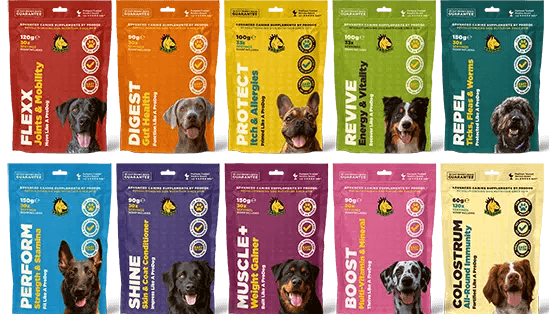
Labrabull Coat Color and Grooming
Labrabulls have short, dense coats that are easy to maintain. Their coat color can vary widely and may include black, brown, brindle, white, or a combination of these colors. Labrabulls are low shedders, which makes grooming fairly simple. Weekly brushing is usually enough to keep their coat looking nice and to remove any loose hair.
Bathing a Labrabull is easy as they don’t require frequent baths – once every few months or when they’re particularly dirty is usually fine. Along with brushing, remember to check their ears regularly for any signs of infection and trim their nails as needed. Good grooming habits will keep your Labrabull looking and feeling their best.
Labrabull and Children and Other Pets
Labrabulls are generally good with children, especially if they are raised together. They are friendly and protective, and they often enjoy playing with kids. However, because of their size and strength, it’s a good idea to supervise interactions between Labrabulls and young children to ensure safety on both sides.
With other pets, Labrabulls can be friendly, especially if they are socialized from an early age. Early socialization and exposure to different animals will help your Labrabull learn how to behave with other pets. They are typically good with other dogs, but it’s always important to introduce them carefully and watch their interactions.
Labrabull Rescue Groups
If you’re interested in adopting a Labrabull, many rescue groups and shelters have these wonderful dogs available. Some groups specialize in Labrador Retriever or Pit Bull rescues and often have Labrabull mixes available for adoption. Rescue groups work hard to find loving homes for dogs in need, so adoption is a great way to give a Labrabull a second chance.
When adopting from a rescue, be sure to ask about the dog’s background, temperament, and any health issues they may have. Many rescued Labrabulls have been trained and socialized, making them a great option for new pet owners. Adopting a Labrabull can be a rewarding experience and provide a loving home for a dog in need.
Conclusion
The Labrabull is a loving, playful, and loyal dog that combines the best traits of the Labrador Retriever and American Pit Bull Terrier. They make excellent pets for active families and are known for their protective and affectionate nature. Labrabulls are healthy and low-maintenance in grooming but need plenty of exercise and mental stimulation. With the right training and love, Labrabulls can be a wonderful addition to any family, bringing joy and companionship for years.
Frequently Asked Questions
1. Are Labrabulls good family pets?
Yes, Labrabulls are loyal and loving dogs that enjoy being around families. They are usually good with children and other pets if properly trained and socialized.
2. How big do Labrabulls get?
Labrabulls typically grow to be 20-24 inches tall and weigh between 45-90 pounds, making them medium to large dogs.
3. Do Labrabulls shed a lot?
No, Labrabulls have short, dense coats that shed minimally. Weekly brushing helps control shedding.
4. How much exercise does a Labrabull need?
Labrabulls are high-energy dogs and need at least an hour of exercise daily, including walks and playtime.
5. What health issues are common in Labrabulls?
Labrabulls may be prone to hip dysplasia, allergies, and obesity. Regular vet visits can help manage these risks.
6. Are Labrabulls easy to train?
Yes, Labrabulls are intelligent and respond well to positive reinforcement training. Consistent, gentle training works best.
7. What do I feed a Labrabull?
Labrabulls need a high-quality dog food rich in protein, along with healthy fats and carbs. Avoid overfeeding to keep them at a healthy weight.
8. Do Labrabulls need a lot of grooming?
No, Labrabulls are low-maintenance. Weekly brushing and the occasional bath are usually enough to keep their coat in good shape.


